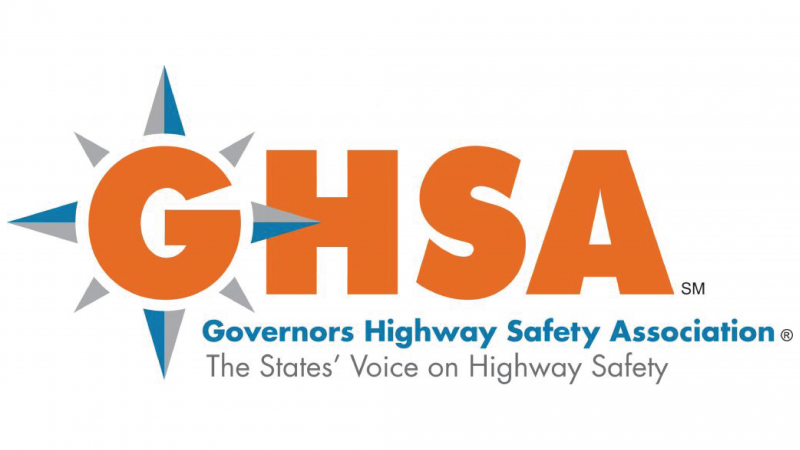Preliminary Data Shows Traffic Fatalities Declined Last Year
Traffic fatalities in 2018 declined 1.0 percent from 2017, to an estimated 36,750 people, according to preliminary data from the National Highway Traffic Safety Administration (NHTSA). As American motorists’ total vehicle miles traveled (VMT) increased by 0.4 percent in 2018, the fatality rate declined to an estimated 1.14 per 100 million VMT, a drop from […]
